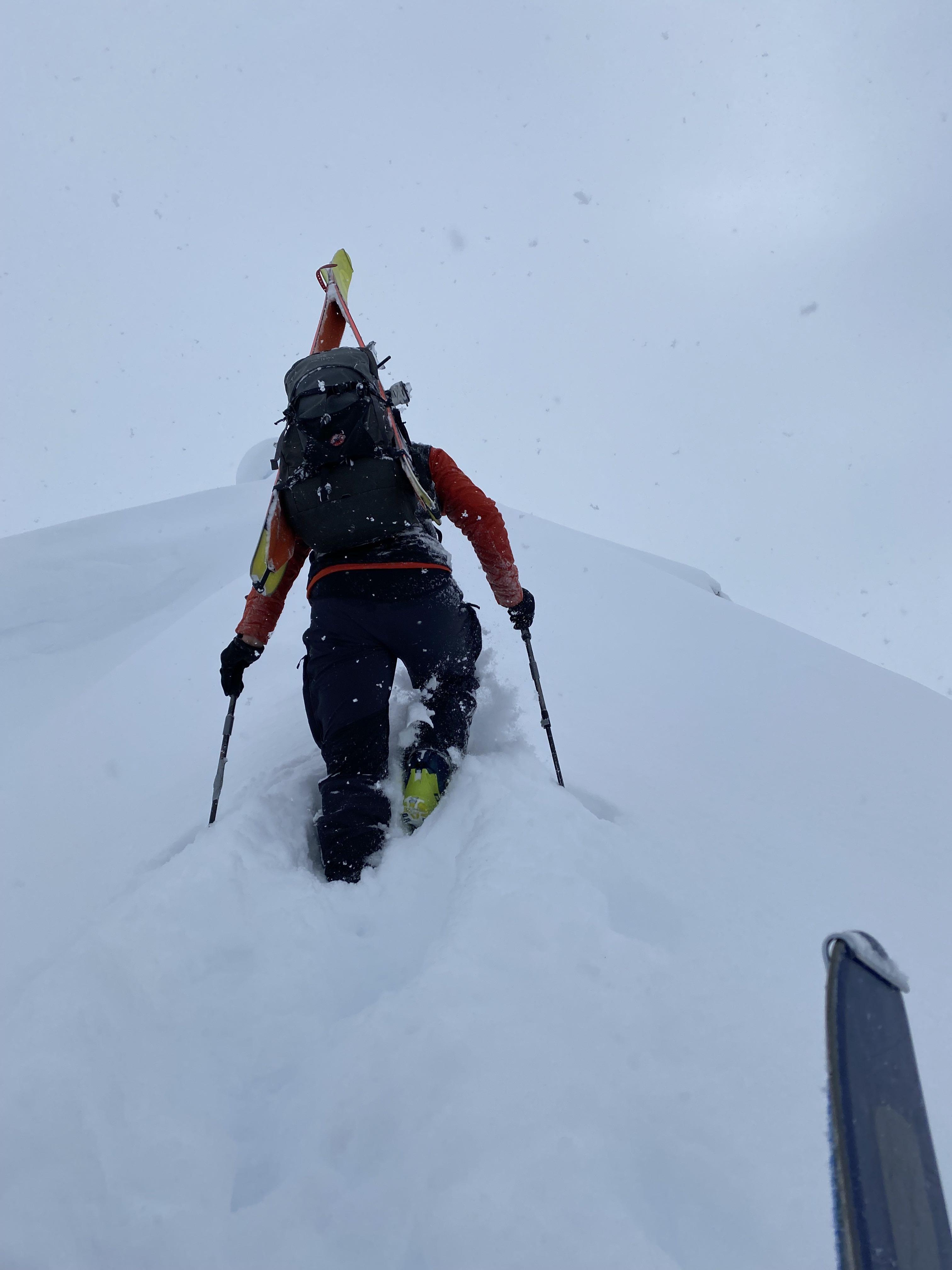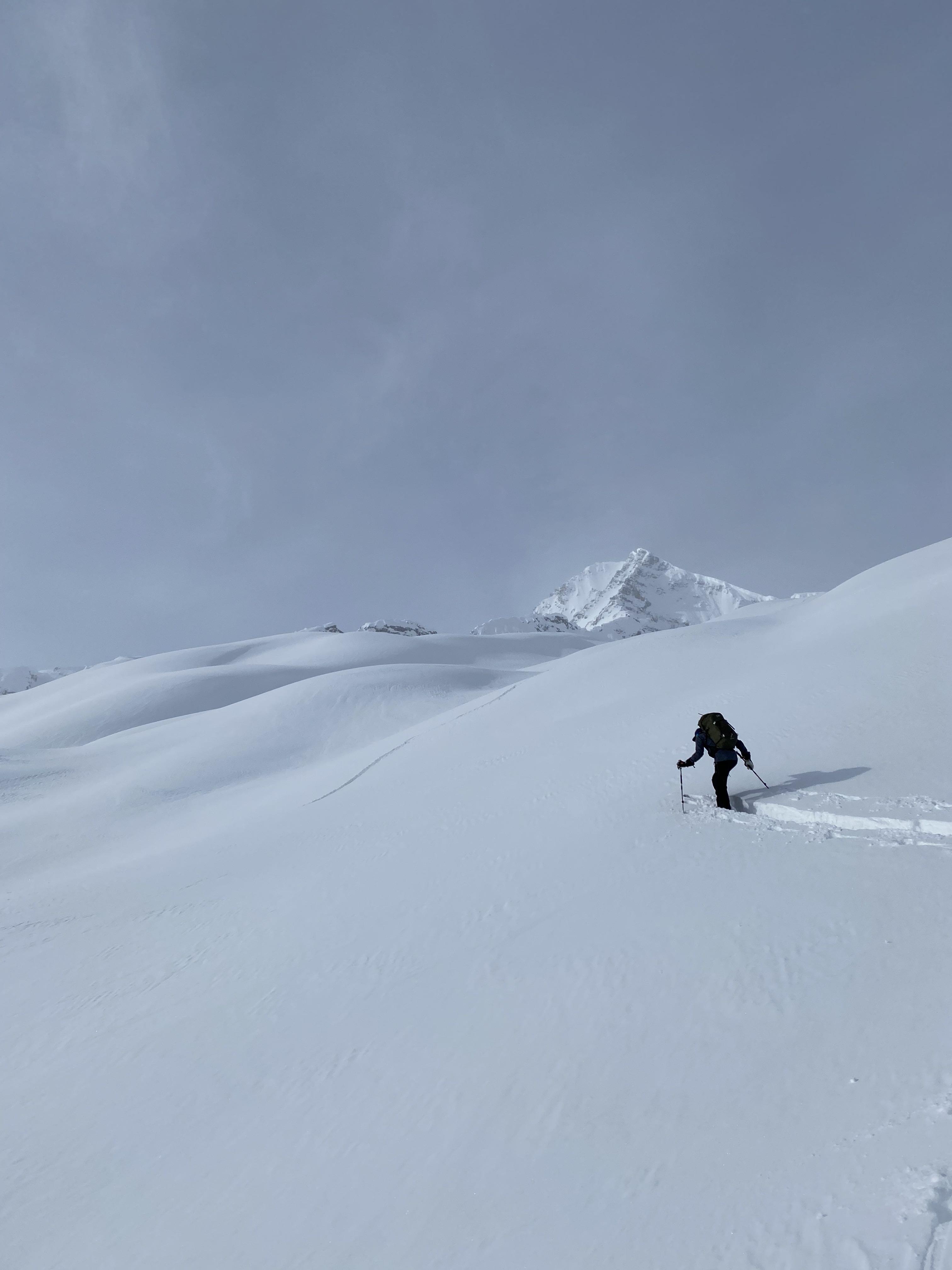Observation from this past week in the Central Selkirk Range
Avalanche Conditions Summary - Central Selkirk Ranges
The ACMG Training and Assessment Program Guide Training Skiing concluded yesterday and the following is a brief summary of the observations that were made during this past week in the Revelstoke vicinity.
We travelled in the backcountry areas of Revelstoke Mountain Resort as well as the Illecillewaet, Asulkan, and Connaught creeks in Glacier National Park during the week of Jan. 31 to Feb 5th.
The late January drought ended in the Revelstoke area with approximately 80cm of snow during the week. All of this new snow has experienced some settling and overlies a pronounced weak layer which formed as a result of the drought.
This layer consists of surface hoar in sheltered areas at treeline and below, old wind affected and facetted snow in the alpine and a sun crust on steep solar aspects.
As the week progressed the new snow combined with warmer temperatures and high winds contributed to elevating the avalanche hazard and forming fresh wind and storm slabs that were reactive in snowpack tests. As the new snow transitioned into a more dense slab our primary concern was terrain which was sheltered at treeline and below treeline where the Jan. 29th SH layer was larger and more pronounced.
Nearest neighbour reports included skier triggered avalanches up to size 1.5 at ridge top due to the presence of fresh wind slabs. More notably size 2.0 natural and skier triggered avalanches on the Jan. 29th Persistent Slab layer occurred today. Some due to the presence of solar radiation which triggered loose snow which in turn triggered the persistent weakness especially in below tree line terrain.
Currently a complex upper snowpack exists in the Columbia Mountains. We mitigated the hazard by staying to supported low angle terrain, avoiding wind affected terrain and focusing our attention on slopes where the Jan 29th weakness was less likely to exist.
Strong solar input from today has likely affected solar slopes creating poor snow sliding quality. Shaded terrain will still hold great snow quality where not affected by wind however keep in mind that this is the same terrain where the persistence layer is likely to produce avalanches large enough to bury a person.
Submitted by Darek Glowacki ACMG Mountain Guide on behalf of the TAP GTT students.


